NASA's attempt to bring home part of Mars is unprecedented: The mission's problems are not
Thursday, 28 March 2024 15:00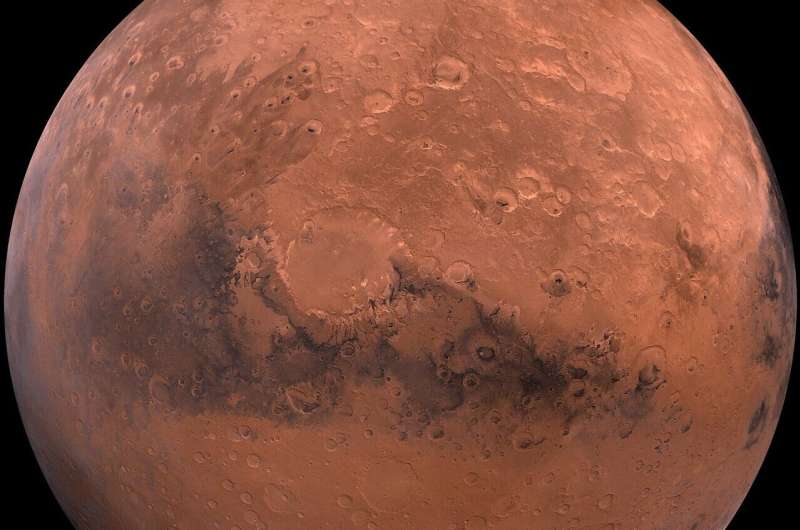
Massive cost overruns. Key deadlines slipping out of reach. Problems of unprecedented complexity, and a generation's worth of scientific progress contingent upon solving them.
That's the current state of Mars Sample Return, the ambitious yet imperiled NASA mission whose rapidly ballooning budget has cost jobs at NASA's Jet Propulsion Laboratory in La Cañada Flintridge and drawn threats of cancellation from lawmakers.
But not all that long ago, those same dire circumstances described the James Webb Space Telescope, the pioneering infrared scope that launched on Christmas Day 2021.
The biggest space telescope ever has so far proved to be a scientific and public relations victory for NASA. The telescope's performance has surpassed all expectations, senior project scientist Jane Rigby said at a meeting recently.
Its first images were so hotly anticipated that the White House scooped NASA's announcement, releasing a dazzling view of thousands of galaxies the day before the space agency shared the first batch of pictures. Thousands of researchers have since applied for observation time.
"The world has been rooting for this telescope to succeed," Rigby told the National Academies' committee on astronomy and astrophysics.
Bedtime routine for space
Thursday, 28 March 2024 14:57 Image:
Bedtime routine for space
Image:
Bedtime routine for space Texas county issues disaster declaration for solar eclipse, expects 200K people
Thursday, 28 March 2024 14:40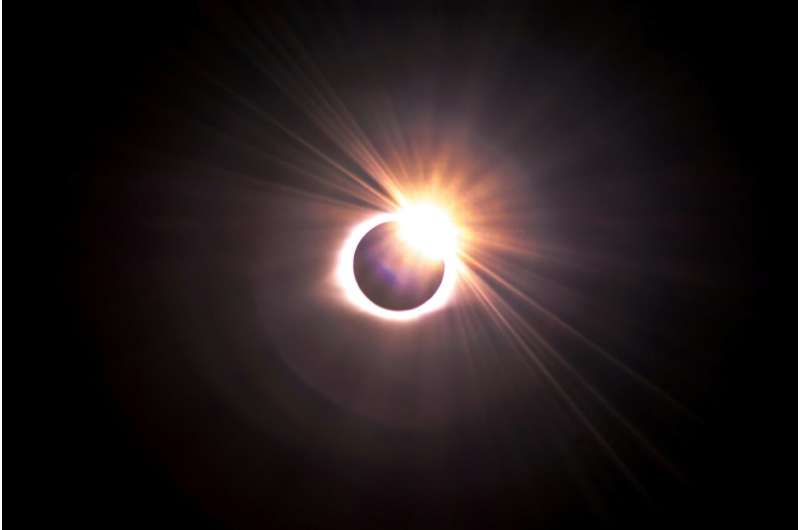
A North Texas county issued a disaster declaration ahead of the April 8 solar eclipse, warning of traffic and potential gridlock as the celestial event ends.
Kaufman County Judge Jakie Allen issued the declaration Wednesday due to "projected and expected number of visitors," according to a news release from the county's Office of Emergency Management. County officials are expecting 200,000 people in attendance—nearly double its population—to view the total eclipse as Kaufman and Terrell are in the path of totality.
"The dramatic increase in population, even for a short time, will greatly impact our public safety agencies, taxing their ability to respond to calls," officials wrote in a release announcing the declaration.
For several months, law enforcement, fire, emergency response agencies and many others had held meetings to prepare for the eclipse, with their greatest concern being traffic and gridlock. The declaration will last four days from April 5 until April 9.
Allen has also sent a letter to Gov. Greg Abbott requesting a state disaster declaration to make additional resources available if needed, officials wrote in the release.
Hancom InSpace orders more Spire satellites with Hancom-2 in limbo
Thursday, 28 March 2024 13:51

Proba-3 Media Kit
Thursday, 28 March 2024 13:43
Proba-3 Media Kit
Info for media on ESA's precision formation flying mission
Ariane 6 Fairing Separation
Thursday, 28 March 2024 13:35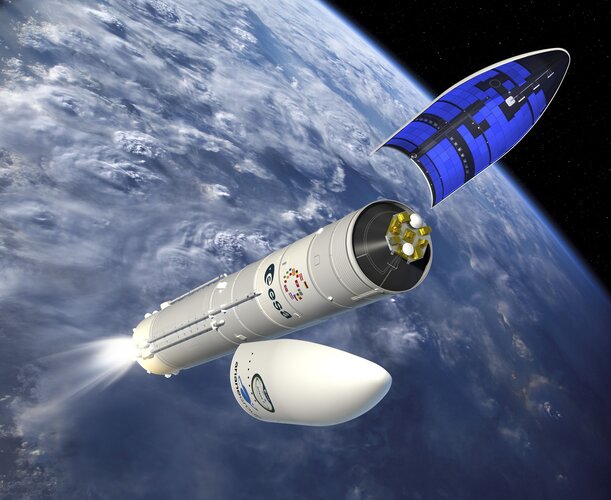 Image:
Image:
Artist's view of the Ariane 6 rocket on it’s first flight as its fairing – a nose cone that splits into two vertically – showing its passengers at the top of the launcher. The view shows Ariane 6 already three minutes into launch after Ariane 6 will have jettisoned its two boosters after liftoff from Europe's Spaceport in Kourou, French Guiana.
The passengers Ariane 6 will launch into space on its inaugural flight include several satellites, deployers and experiments from space agencies, companies, research institutes, universities and young professionals on its first flight.
From established players like NASA to students designing their first ever
JAXA selects Interstellar Technologies as priority launch provider
Thursday, 28 March 2024 13:01

China adds new moon base project partners, but struggles to attract national-level participation
Thursday, 28 March 2024 08:59

Time to see the bigger picture
Thursday, 28 March 2024 08:45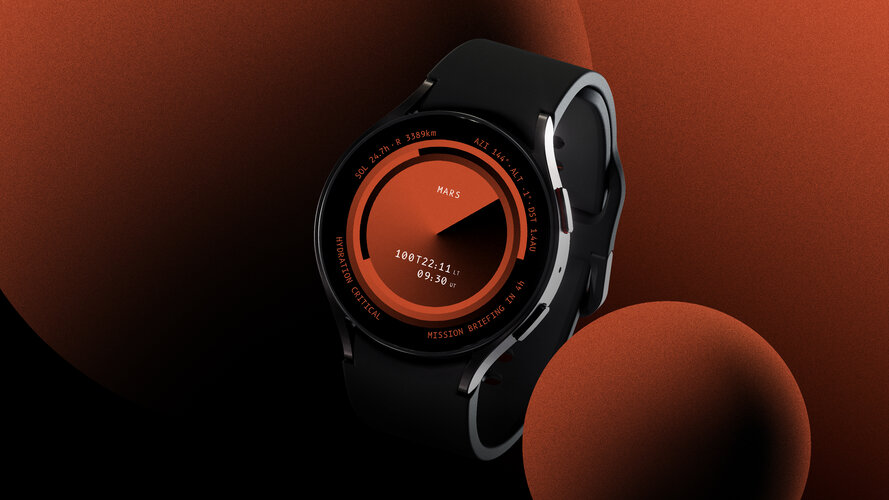
ESA has teamed up with Samsung to launch the first watch face for our Solar System.
ESA and NASA team up to study solar wind
Thursday, 28 March 2024 08:00
In the run up to April’s total solar eclipse, ESA-led Solar Orbiter and NASA-led Parker Solar Probe are both at their closest approach to the Sun. Tomorrow, they are taking the opportunity to join hands in studying the driving rain of plasma that streams from the Sun, fills the Solar System, and causes dazzlement and destruction at Earth.
Schools in the path of April's total solar eclipse prepare for a natural teaching moment
Thursday, 28 March 2024 07:25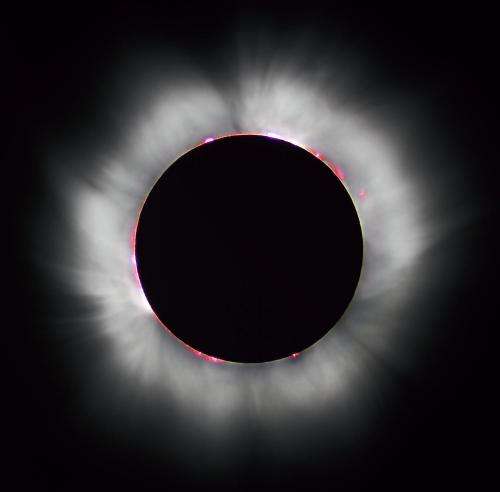
Seventh-grade student Henry Cohen bounced side to side in time to the Beatles' "Here Comes the Sun" playing in teacher Nancy Morris' classroom, swinging his arms open and closed across the planets pictured on his T-shirt.
Henry and other classmates at Cleveland's Riverside School were on their feet, dancing during a session of activities tied to April's total solar eclipse. Second-graders invited in for the lessons sat cross-legged on the floor, laughing as they modeled newly decorated eclipse viewing glasses. Dioramas with softball-sized model earths and moons and flashlight "suns" occupied desks and shelves around the room.
Henry said his shirt reflected his love of space, which he called "a cool mystery." The eclipse, he said, "is a one in a million chance and I'm glad I get to be here for it."
For schools in or near the path of totality of the April 8 eclipse, the event has inspired lessons in science, literacy and culture. Some schools also are organizing group viewings for students to experience the awe of daytime darkness and learn about the astronomy behind it together.
Japan moon probe survives second lunar night
Thursday, 28 March 2024 07:21
Japan's moon lander woke up after unexpectedly surviving a second frigid, two-week lunar night and transmitted new images back to Earth, the country's space agency said Thursday.
The unmanned Smart Lander for Investigating Moon (SLIM) probe touched down in January, making Japan only the fifth nation to reach the lunar surface without crashing.
But the lightweight spacecraft landed at a wonky angle that left its solar panels facing the wrong way.
The Japan Aerospace Exploration Agency announced the probe's latest surprise awakening in a post on X, formerly Twitter.
"We received a response from SLIM last night and confirmed that SLIM had successfully completed its second overnight," it said.
A black-and-white photo of the rocky surface of a crater accompanied the post on SLIM's official account.
Orbex patents Reusable Rocket Technology dubbed 'Petal Fold'
Wednesday, 27 March 2024 22:08 Orbex has achieved a significant milestone in the advancement of space technology by securing a patent for its innovative REFLIGHT reusable rocket technology. The European Patent Office and the United States have both granted patents for this cutting-edge technology, marking a major leap forward in sustainable space exploration.
Designed specifically for micro-launcher rockets, such as Orb
Orbex has achieved a significant milestone in the advancement of space technology by securing a patent for its innovative REFLIGHT reusable rocket technology. The European Patent Office and the United States have both granted patents for this cutting-edge technology, marking a major leap forward in sustainable space exploration.
Designed specifically for micro-launcher rockets, such as Orb 



